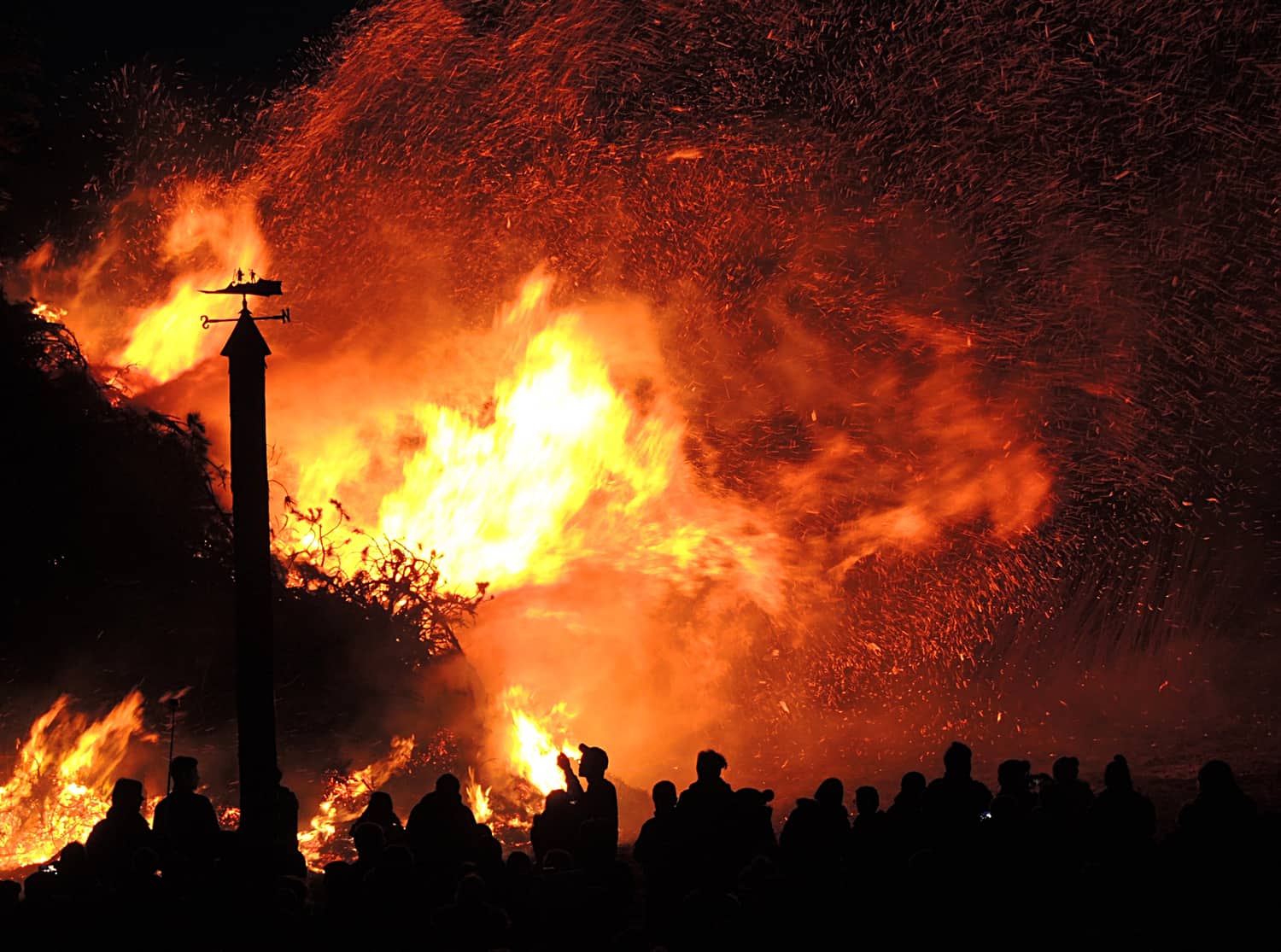
In case you didn’t know, today is the Fifth of November, a.k.a. ‘Guy Fawkes Day.’ Across Britain, bonfires, fireworks, and effigies abound to commemorate the failed Gunpowder Plot of November 1605, in which a group of Roman Catholics planned to blow up the Houses of Parliament to protest severe religious persecution. Ultimately, the Gunpowder Plot was a failure. Months of planning and preparation yielded disaster (and death, yikes!)
Though the stakes are significantly lower for us (nobody is going to the gallows if they mess up), video production has the same potential for failure. Clients and creative teams spend weeks – and sometimes months in pre-production, carefully planning the execution of shoot, how to tell a story, and what to convey. But without proper preparation, it can blow up on the day of production. Check out these 5 tips on how to prepare for your production!
1. Make a detailed shot list
The conspirators of the Gunpowder Plot definitely made a shot list, and it included more than 100 politicians and members of the British aristocracy. But, we’re talking about a different kind of shot list.
A shot list is essentially a list of all the different video clips you want to capture. If you’re filming in a restaurant, an example of a shot might be: ‘chef plating a sizzling steak’ or ‘couple smiling at each other across a candlelit table.’ (Cliche, right? But you get it.) Typically, your director of photography and producer will work together with the creative director to create a shot list. But, sometimes clients like to be hands on with the initial draft of a shot list. Other times, they leave it entirely up to the creatives.
Regardless of who makes it, the producer and crew need to thoroughly vet the shot list BEFORE the day of filming. The shot list is the agenda for what needs to be shot in production. Set can get hectic, and knowing exactly what you need to capture makes filming much more organized. If you forget to capture an essential shot, it’s a domino effect of problems for the remainder of the project.

2. Have a Prep Day with Gear
Remember, remember, to prepare. Guy Fawkes definitely spent some time with his explosives before the big day. When the authorities discovered him, he had enough gunpowder to blow up Westminster twice over. Talk about prepared.
A day of preparation to organize, test, and pack equipment is crucial to a smooth day of production. Spend some time with your gear before the shoot and work out all the kinks. Equipment can malfunction in the middle of a shoot and cost the client and the team time and money. Just like Parliament, you don’t want any scary surprises on the day of production.

3. Choose a good crew
The most well-known member of the Gunpowder Plot is Guy Fawkes, though he wasn’t the group leader or even a nobleman. However, Fawkes knew his way around explosives, and the actual leader of the Gunpowder Plot – Robert Catesby – selected him for that particular talent.
While we’re certainly not advocating that producers go out to recruit religious or political extremists to the crew, we believe it’s essential to enlist dedicated, passionate, and hardworking Guys for your crew. When we book for particular projects, we consider individual strengths and talents to ensure our clients receive the best.

4. Scout your location
The foundation of the Gunpowder Plot was its location. Due to the grand expanse of Westminister, the conspirators needed intimate knowledge and understanding of its location – its opportunities and weak points – to achieve success.
The same principle applies to location scouting for your video project. Visiting the location prior to the day of shooting illuminates potential challenges of the area, like sun direction, reflective surfaces, and windows. It seems obvious, but thorough observation, analysis, and adaptation to these factors is key.

5. Know your story
For the conspirators of the Gunpowder Plot, the stakes were high. They were committing treason, and the consequence for treason was death. To face the possibility and then the reality of being hanged, drawn, or quartered, they needed to really believe in what propelled their mission. In the story behind their actions.
In the same way, why this video? Why this location? How does this shape the story into a dynamic narrative? How does this enhance the message?
The purpose of a project is pivotal in every stage of the creative process, from scriptwriting to production to editing. With a full understanding of the story, producer and crew can more easily navigate the challenges and opportunities of production to shape a compelling narrative.










